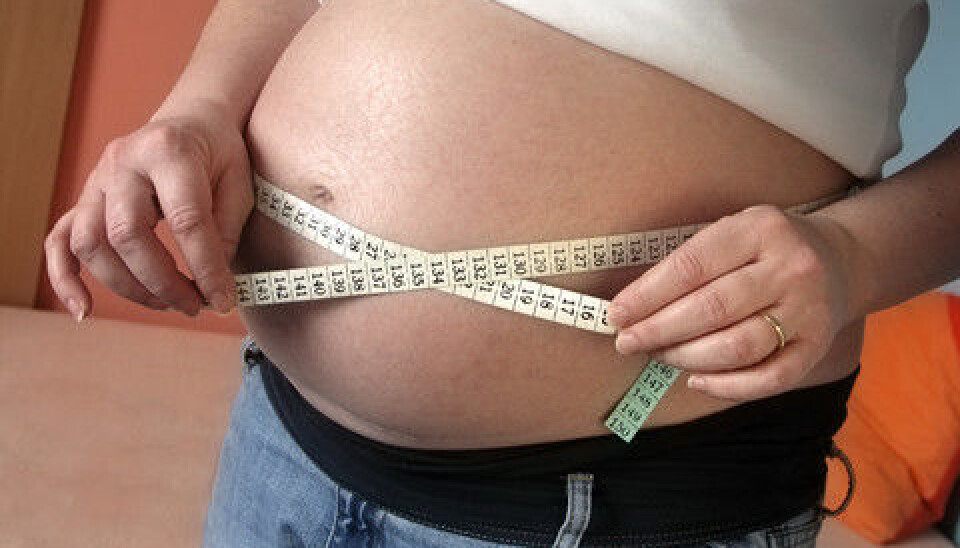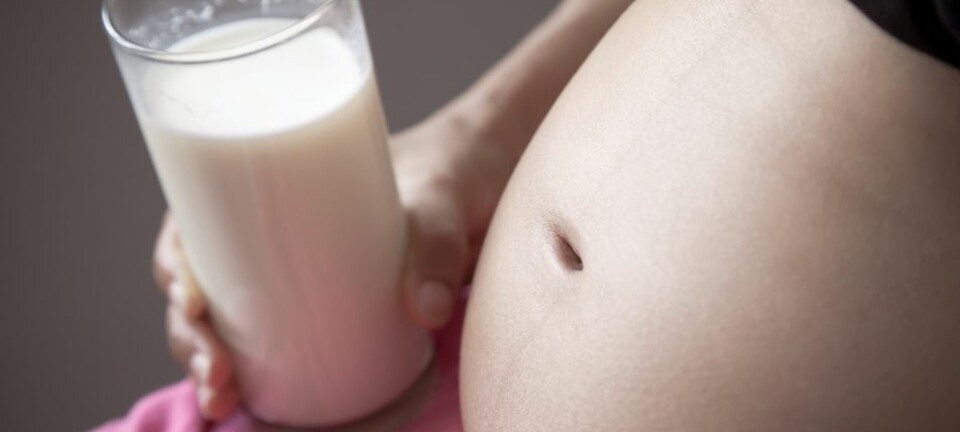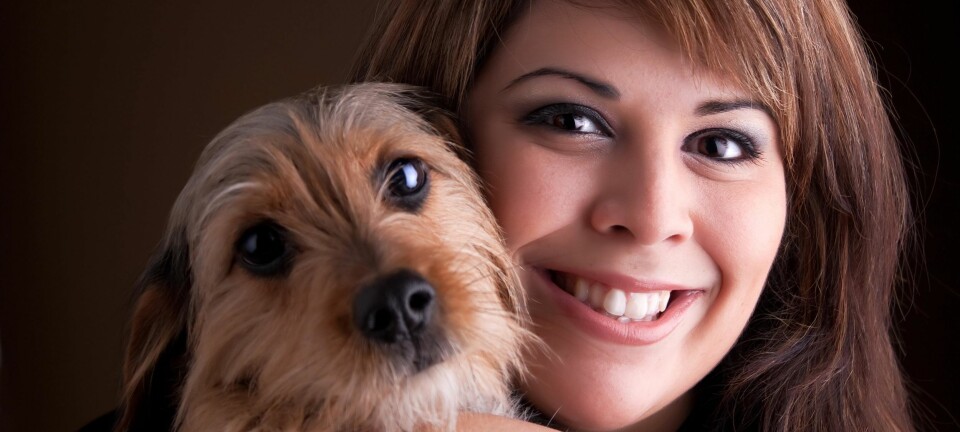
High risks for babies of obese mothers despite C-sections
Caesareans provide no reduction in risks of serious complications when very heavy women give birth.
Babies of very obese women run three or four times the risk of serious complications during their birth than babies of women with normal weights.
“C-sections are used worldwide to lower the risk of birth injury or illness among new-borns with morbidly obese mothers. But my research shows that the delivery method, whether it’s vaginal or caesarean, is not a factor for these with regard to injuries to the child,” says Chief Obstetrician Marie Blomberg, a researcher at Linköping University (LiU).
Her cohort study utilised the Swedish Medical Birth Registry records from 1998 to 2008, covering over a million women. Around 7,000 of these were deemed morbidly obese, with a body mass index (BMI) of over 40.
“As regards caesarean sections and the risk of injury to the mother, it’s clearly higher because of general anaesthesia, possible infections in the incision, pulmonary embolisms, etc. But the study shows there are no scientific grounds for claiming the delivery method has an effect with regard to complications for the baby,” asserts Blomberg.
Zero weight gain
Children of morbidly obese women run twice the risk of skeletal injuries, three times the risk of bacterial sepsis (blood poisoning), convulsions, respiratory problems and digestive problems. They also have four times the risk of low blood sugar (hypoglycaemia) and damage to the peripheral nervous system.
“The reasons for these problems aren’t totally clear. But they can relate to the women’s high levels of blood sugar. If the mother is large the baby will also be large. The basis for the infant’s complications is founded during the pregnancy, but in some cases it is directly related to the birth itself.”
“When very obese women have a C-section, the path from the abdomen to the uterus and the child is longer than the birth canal,” explains the obstetrician at the Women’s Clinic of the University Hospital in Linkøping.
How can the odds be improved for the mother and child in such cases?
“The goal for such obese women should be zero or at least minimal weight gain during the pregnancy. Then some of the risks of injury, to both mother and child, can be halved. The child’s chances can be improved even more if the mother manages to reduce her weight prior to the pregnancy,” says Blomberg.
More deaths due to obesity
According to Statistics Norway, a quarter of all Norwegians over the age of 16 were overweight in 2008. The share of overweight Norwegians has risen by seven percent in the past decade.
“According to the World Health Organization, fatness and obesity are linked to more deaths now than starvation. Our weight gain of seven percent is not good, but we are better off than Sweden (gain of 11 percent) the UK (25 percent) and the USA, which tops the list. The Nordic countries are rather fortunate because we have followed developments and initiated countermeasures,” says Blomberg.
Her research has earlier shown that morbidly obese women often haemorrhage more after a birth because the uterus doesn’t contract as it should. Medical treatment should be given to avert this.
“Now I’m looking more into dosages of medications with regard to body weight. Should we giving the same doses of folic acid or IV fluids during delivery of a baby to a woman whether she weighs 50 or 100 kilos?
“I suspect that we should do the same for adults as with children – base dosages on their weights. I’m concerned about this group of pregnant women and want to give both them and their new-borns optimal prospects,” concludes Blomberg.
-----------------------
Read the Norwegian version of this article at forskning.no
Translated by: Glenn Ostling









